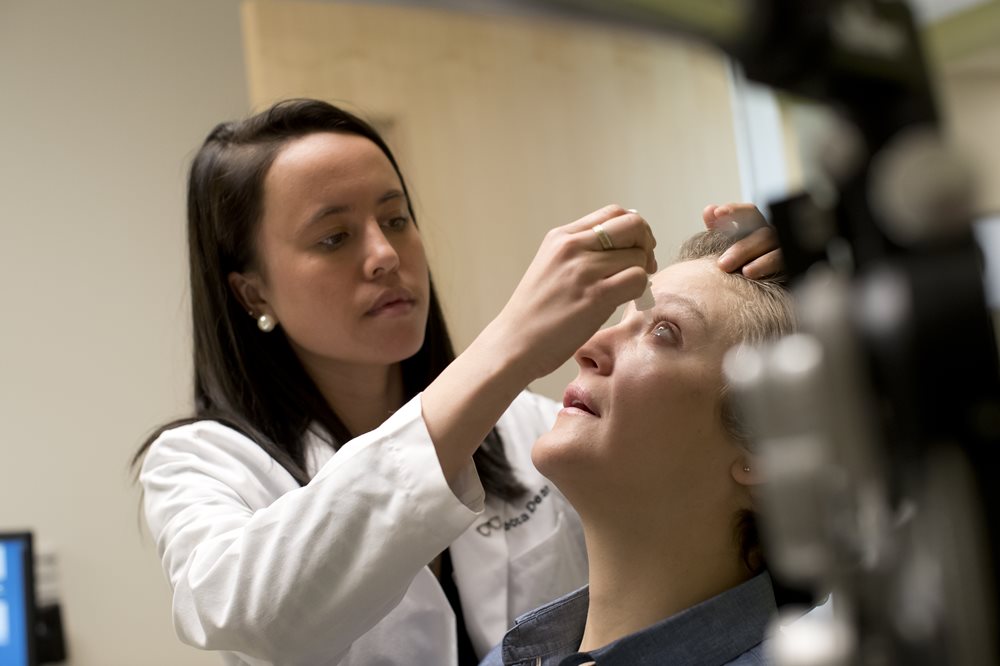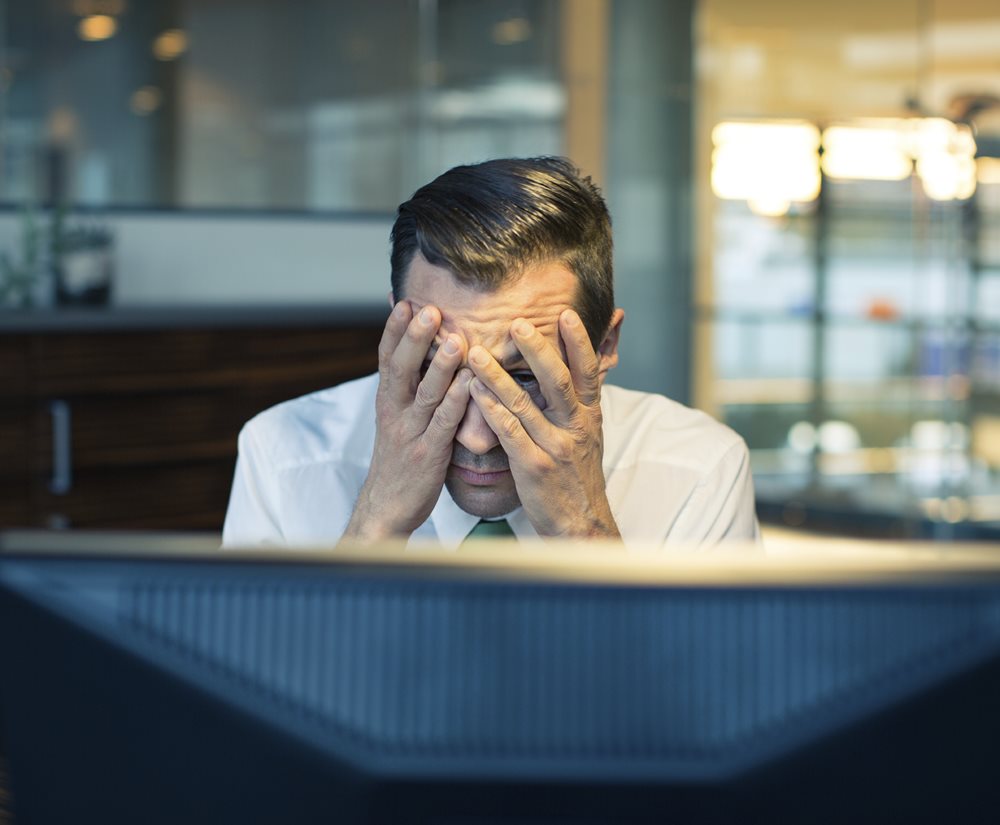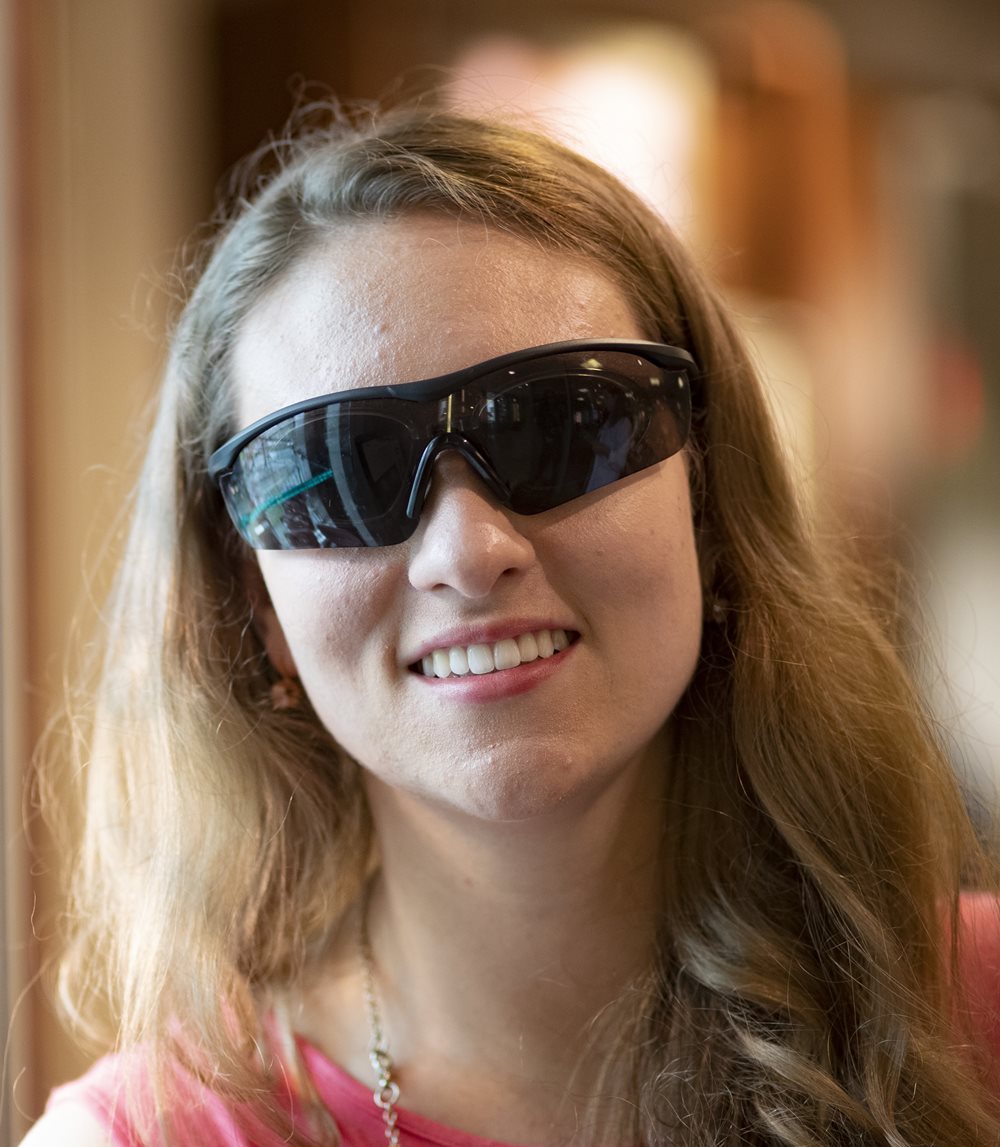Managing Dry Eye
 Dry eye occurs when the eye does not produce tears properly or when the tears are not of the correct consistency and evaporate too quickly. For some people, it feels like a speck of sand in the eye, or stinging or burning that does not go away. For others, dry eye can become a painful chronic and progressive condition that leads to blurred vision or even vision loss if it goes untreated due to inflammation that can cause ulcers or scars on the cornea.
Dry eye occurs when the eye does not produce tears properly or when the tears are not of the correct consistency and evaporate too quickly. For some people, it feels like a speck of sand in the eye, or stinging or burning that does not go away. For others, dry eye can become a painful chronic and progressive condition that leads to blurred vision or even vision loss if it goes untreated due to inflammation that can cause ulcers or scars on the cornea.
According to the National Eye Institute, dry eye is more common in people 50 and older. Nearly 5 million Americans who are 50 or older experience severe symptoms of dry eye, and about 20 million have less severe symptoms. The condition is twice as prevalent among women as it is among men.
Dry Eye Causes
People tend to make fewer tears as they get older due to hormonal changes. Though men and women can get dry eye, it is more common in women, especially those who have gone through menopause.
Other causes of dry eye include:

- Certain diseases, such as rheumatoid arthritis, Sjogren’s syndrome, thyroid disease, and lupus.
- Being in smoke, wind or a very dry climate.
- Looking at a computer screen for a long time, reading and other activities that reduce blinking.
- Using contact lenses for a long time.
- Having refractive eye surgery, such as LASIK.
- Taking certain medicines, such as:
- Diuretics (water pills) for high blood pressure
- Beta-blockers, for heart problems or high blood pressure
- Allergy and cold medicines (antihistamines)
- Sleeping pills
- Anxiety and antidepressant medicines
- Heartburn medicines
 Dry Eye Prevention Tips
Dry Eye Prevention Tips
- Take frequent breaks when staring at computer or TV screens.
- Avoid smoke.
- Stay away from very warm rooms. In the winter, add moisture to the air with a humidifier. Or put a pan of water near your heater or radiator.
- Protect your eyes from drying wind by wearing wrap-around glasses outside.
- Use artificial tear ointment or thick eye drops just before you go to bed.
For most people with occasional or mild dry eye symptoms, it's enough to regularly use over-the-counter eye drops (artificial tears). If your symptoms are persistent and more serious, you have other options.
Untreated dry eye syndrome can cause damage to the cornea, the front surface of the eye. Early diagnosis and treatment of the condition can avoid damaging the cornea and improve the quality of vision.
The Eye Institute’s Dry Eye Clinic focuses on the diagnosis and management of dry eye syndrome. Doctors provide comprehensive dry eye evaluations, using the latest technology, and recommend thorough, customized therapy plans for each patient.
If you are experiencing symptoms of dry eye, contact the dry eye experts at The Eye Institute. For an appointment, call: 215.276.6111.